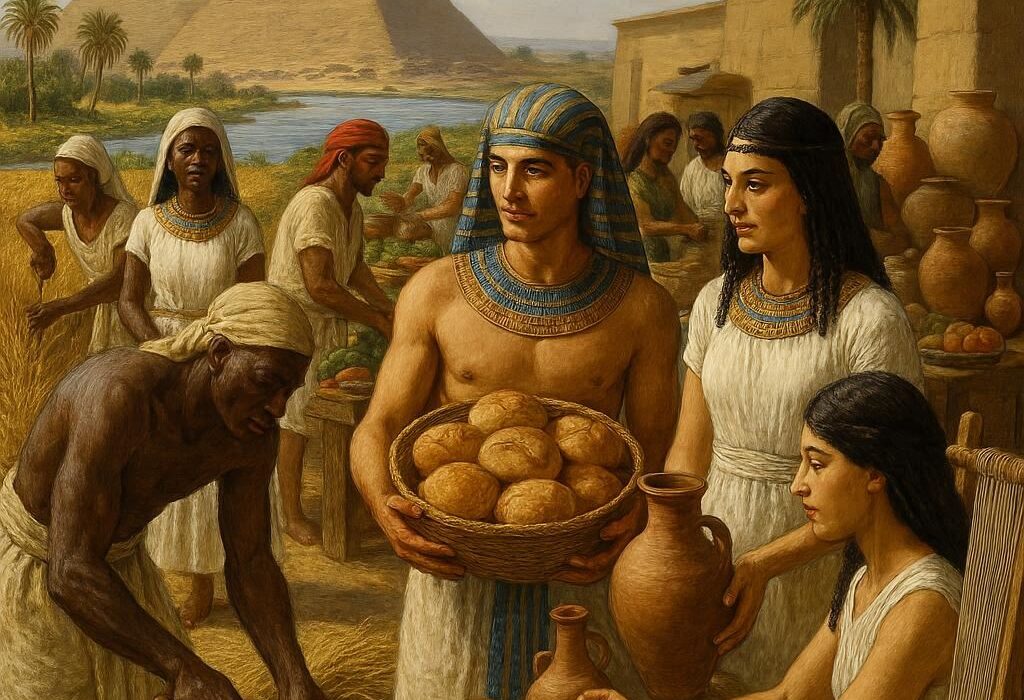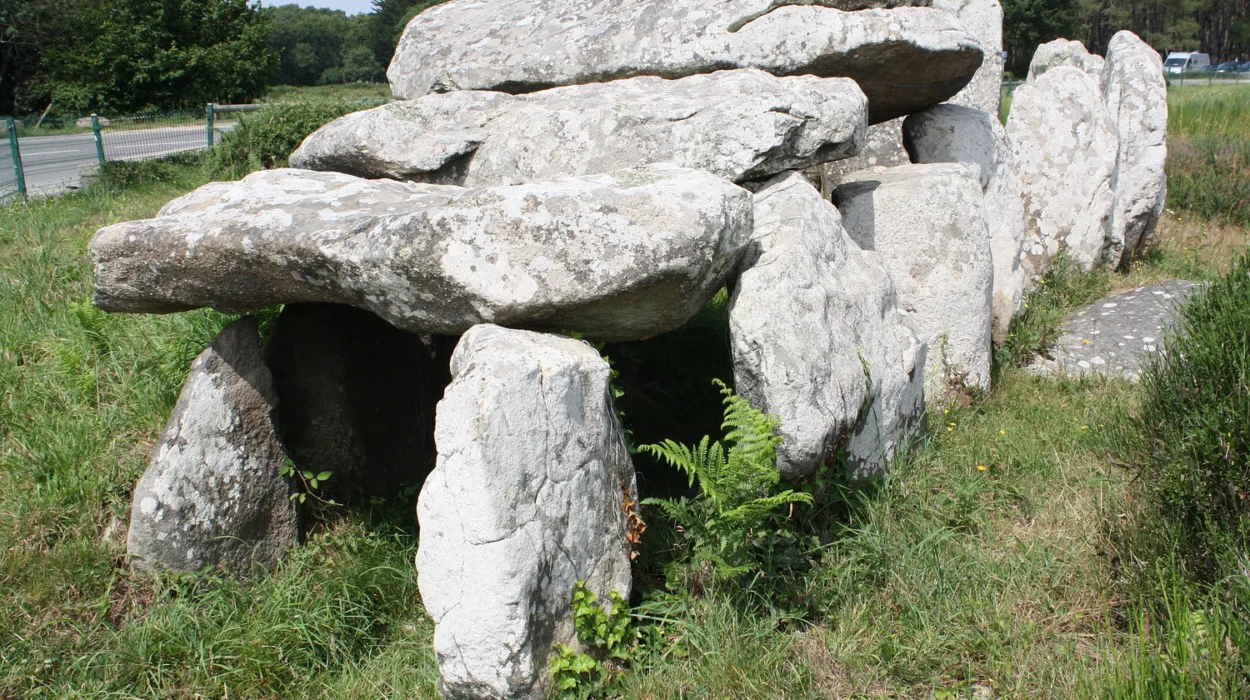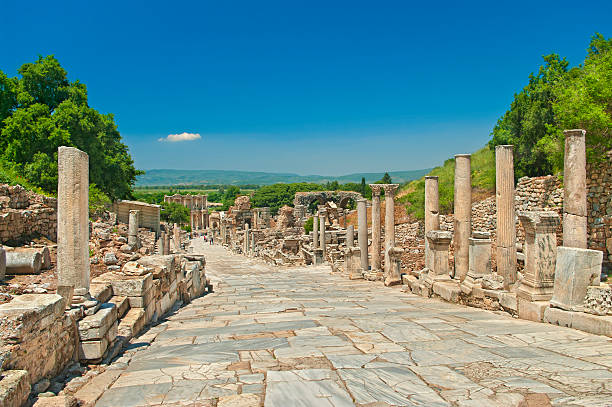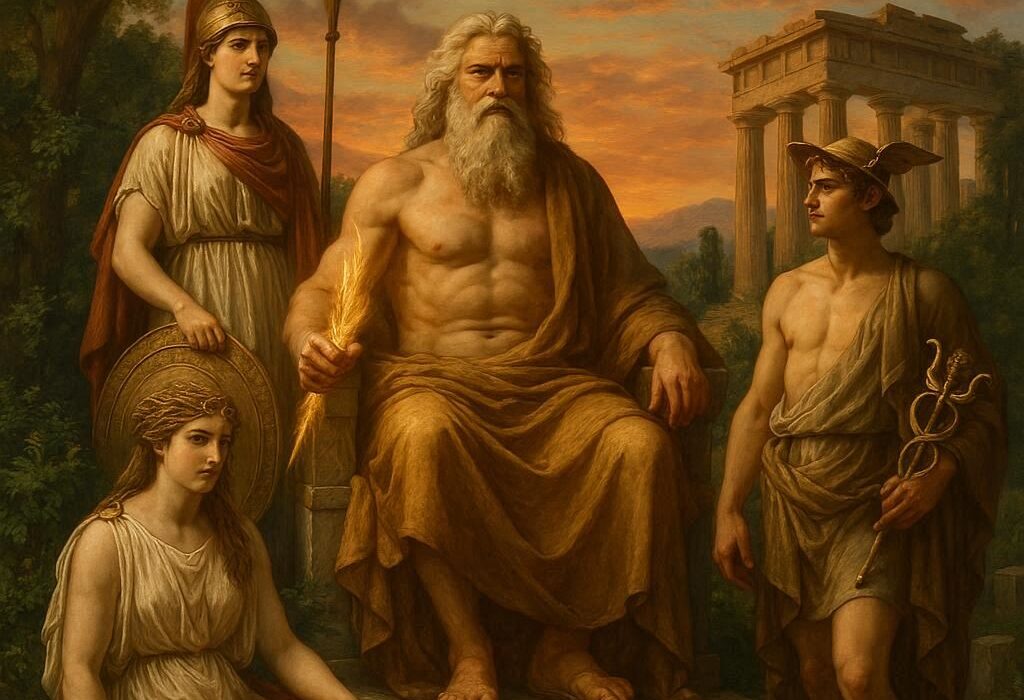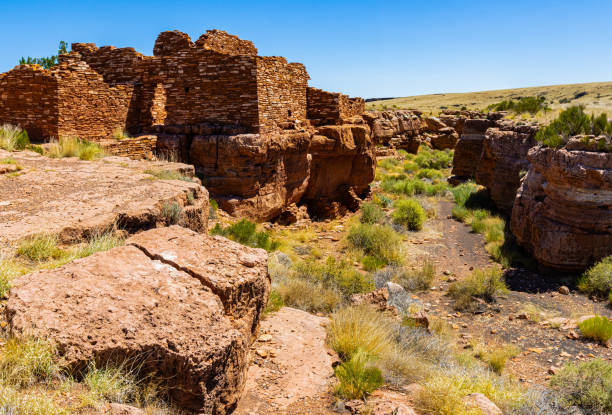Around 9,000 years ago, long before the empires of Mesopotamia or the rise of the pharaohs, a bustling town rose from the plains of central Anatolia. At Çatalhöyük, near modern-day Konya in Turkey, life pulsed through a labyrinth of mudbrick homes built shoulder to shoulder, their inhabitants entering through holes in the roofs and walking across each other’s homes like streets in the sky.
In this Neolithic settlement—the oldest of its kind ever found—people grew barley, raised sheep, crafted clay pots, painted their walls with abstract and symbolic art, and buried their dead not in distant cemeteries, but right beneath their homes.
Today, this prehistoric city is offering up new secrets. And in an unexpected twist, they come not from the artifacts left behind, but from the quiet fragments of DNA buried deep in bone.
A Genetic Map of an Ancient Community
In a groundbreaking study published in the journal Science, an international team of archaeologists and geneticists led by researchers from Turkey, Denmark, Sweden, and the U.S. has analyzed the remains of 131 individuals buried at Çatalhöyük. Their goal: to uncover how people were related, how they lived together—and most intriguingly—what role women played in shaping this ancient society.
What they found challenges many long-standing assumptions about how prehistoric households worked. Far from being structured around traditional kinship or patriarchal norms, the people of Çatalhöyük seem to have built their communities around women.
Under Every House, a Story
Burials at Çatalhöyük weren’t solemn, distant events. When people died, they were laid to rest under the same floors they once walked on—beneath sleeping mats, cooking fires, and cradles. Generations lived directly atop the bones of their ancestors. But here’s the mystery: earlier studies showed that the people buried within the same home were rarely blood relatives, at least not closely.
So how were these early communities formed?
Between 2006 and 2013, Dr. Eva Rosenstock and her team from the University of Bonn excavated two tiny skeletons—newborn infants—on the West Mound of the settlement, a later extension of the older East Mound. The remains were delicately lifted, cataloged, and analyzed using cutting-edge archaeogenetic techniques.
One key breakthrough came from an unlikely source: the petrous bone, the densest bone in the human body, hidden deep within the skull. This tiny, protected vault of tissue held ancient genetic secrets that even harsh Anatolian climates couldn’t erase.
And what they found inside it changed everything.
Women at the Heart of the Household
After carefully extracting and analyzing the ancient DNA, the researchers uncovered something remarkable: people buried in the same house were more likely to be related through their mothers than through their fathers. Female lineages, not male ones, dominated the genetic landscape of household groups.
“This suggests that women were more important as far as forming households went,” Rosenstock explains. In other words, people may have moved into homes based on maternal relationships—or at least maternal continuity—rather than through the male line.
It’s not quite a matriarchal society in the full political sense, Rosenstock clarifies. There’s no direct evidence of women holding institutional power. But it is what scholars call “matrilocality”—a pattern where men likely moved into the homes of their wives, and not the other way around.
This discovery echoes across the millennia, revealing a time and place where women were central not only to family, but perhaps to memory, belonging, and identity.
The Continuity Between Mounds and Memory
The two infant skeletons from the West Mound weren’t related to each other, but their genetic signatures matched those found earlier in the East Mound, despite the belief that a centuries-long gap separated the two parts of the settlement.
“This is yet another sign of continuity,” says Rosenstock. “It shows that cultural traditions, genetic lineages, and perhaps even social values carried through from one part of the city to the next.”
In a city that built new homes directly atop old ones, it seems the layers of earth were more than just mud and brick—they were memory itself, stacked and remembered through generations.
More Than Figurines and Grave Goods
The idea that women may have played a central role in Çatalhöyük isn’t entirely new. The site has long been famous for its numerous female figurines—small statues that may represent fertility, deity, or power. The first excavator of the site, James Mellaart, believed that women were highly respected, perhaps even dominant.
But for decades, this idea was controversial—based more on symbols and interpretation than data. Now, genetic science is adding weight to those early theories.
Grave goods—items buried with the dead—also seem to tell a gendered story. Women’s graves sometimes include richer assortments of items, suggesting higher social importance. But until recently, these clues were frustratingly fragmentary.
With archaeogenetics, a clearer picture is emerging. And it’s one in which women held social capital not just symbolically, but genetically and structurally within their communities.
The Mystery of the Broken Tradition
Around 6000 BCE, something changed. The tradition of burying people beneath homes on the East Mound was disrupted, and the settlement shifted to the nearby West Mound. No one knows exactly why.
Was it climate change? Disease? Cultural transformation?
Whatever the reason, the break was brief. The new study shows that both genetic and cultural continuity persisted. The people of the West Mound were not newcomers. They were descendants. And the practice of burying the dead beneath their homes resumed.
The architecture of Çatalhöyük—houses built upon houses, bodies buried beneath daily life—preserved not only bones, but belief. These weren’t just dwellings. They were monuments of memory.
Redefining Kinship and Prehistoric Society
In many ways, this study does more than add a new layer to Çatalhöyük’s legacy. It challenges what we think we know about kinship, gender, and power in ancient societies.
“Biological relatedness was just one factor in household formation,” says Rosenstock. “Other elements—social, cultural, perhaps even economic—played major roles.”
This insight matters not only for understanding Çatalhöyük, but for how we imagine the earliest chapters of human civilization. It suggests that prehistoric people were experimenting with social organization in ways as complex and diverse as our own.
And perhaps, at least in some times and places, they chose to center their societies around women.
The Questions That Still Linger
As always, the answers spark more questions.
Why did female lineage matter more than male lineage in Çatalhöyük? What rituals or beliefs underpinned this social arrangement? And how did it compare to other Neolithic settlements across Asia and Europe?
The study raises new puzzles about the later Neolithic, too. As agriculture spread into Europe, so did more male-centered patterns of kinship. When did that change happen—and why?
Did social roles shift due to warfare, inheritance rules, or changes in land ownership? Or were they shaped by religion, technology, or trade?
Science doesn’t yet have those answers. But with every excavation and every breakthrough in ancient DNA analysis, we move a step closer to understanding not just how people lived—but how they chose to live together.
A Future Written in Bones
The houses of Çatalhöyük may be abandoned ruins now, but beneath their floors, the whispers of the past remain.
The people who once walked barefoot across those clay walls, who farmed barley and raised sheep and buried their babies beneath their hearths, left behind more than broken pots and faded frescoes. They left their blood, their DNA, their structure of kinship carved into bone.
And today, scientists are listening.
Reference: Eren Yüncü et al, Female lineages and changing kinship patterns in Neolithic Çatalhöyük, Science (2025). DOI: 10.1126/science.adr2915

